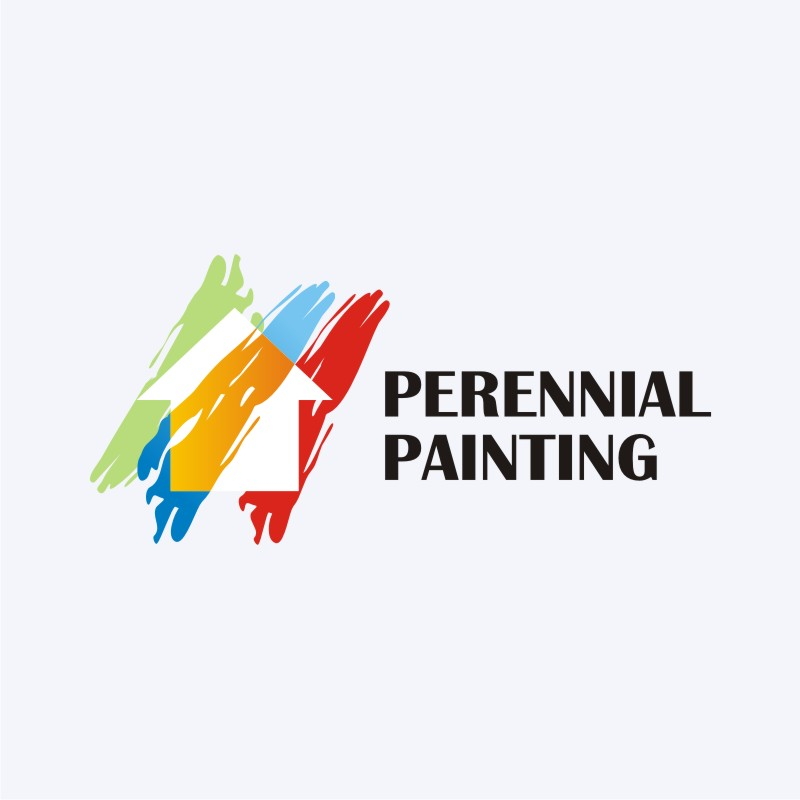Detailed Rundown For Prepping Your Wall Surfaces Before Using Paint
Detailed Rundown For Prepping Your Wall Surfaces Before Using Paint
Blog Article
Content Writer-Bergmann Bland
When you're prepping your wall surfaces for painting, it's vital to follow a systematic procedure to guarantee a flawless surface. Begin by examining the wall surface for any type of damages; this step can make or break your job. When you've recognized any problems, cleansing the surface area correctly is important, as a filthy wall surface can affect paint bond. After that, you'll need to spot any type of flaws and use a primer. However there are specific methods and ideas that can boost your preparation video game-- allow's discover those additional to accomplish the very best outcomes.
Assessing Wall Problem
Before you grab your paintbrush, take a moment to examine your wall surfaces' problem. Check for any noticeable damage like fractures, holes, or peeling paint. These flaws can influence just how the paint adheres and looks once it's dry. If you observe any type of considerable damage, you'll need to prioritize repairs before diving right into painting.
Look carefully at the texture of your walls. Is the surface smooth, or exists structure that might need special consideration? additional resources need much less preparation, while distinctive surface areas may need even more time to paint equally.
Additionally, think about more info . If the old paint is glossy, it mightn't enable brand-new paint to stick effectively. You'll wish to know if your wall surfaces have been painted with oil-based or water-based paint, as this can affect your choice of guide or paint.
Lastly, keep in house painting company portland of any kind of wetness issues. If you see indications of water damage or mold, address these problems quickly to stop more difficulties.
Cleaning the Surface
When you have actually assessed the condition of your walls, the next step is cleansing the surface. Begin by gathering your products: a pail, cozy water, a light detergent, a sponge or cloth, and a scrub brush for tougher spots.
Begin on top edge of the wall surface and work your way down. Mix the detergent with warm water in your bucket, after that dip the sponge or towel into the solution. Wring it bent on prevent too much wetness on the wall surfaces.
As you clean up, pay close attention to areas that may've collected dirt, grease, or fingerprints. For stubborn stains, use the scrub brush carefully to avoid harming the paint under. Wash your sponge or fabric regularly in clean water to avoid spreading out dirt around.
After cleaning, it's necessary to wipe the wall surfaces with a wet cloth to eliminate any soap deposit. This step makes certain a smooth surface area for the new paint to abide by.
Permit the wall surfaces to dry completely prior to proceeding to the next prep work actions. This thorough cleaning procedure will assist produce a fresh canvas for your painting task, making sure the most effective outcomes.
Patching and Priming
Patching and priming are crucial steps in preparing your wall surfaces for a fresh layer of paint. Initially, evaluate your wall surfaces for any openings, cracks, or imperfections. Utilize a high-grade spackling substance or patching paste to load these areas.
Use https://exterior-painters-near-me76431.blogaritma.com/31603606/transform-your-outdoor-environment-with-innovative-deck-painting-concepts with a putty knife, smoothing it out so it's flush with the surrounding surface area. Allow it to completely dry completely, and then sand it gently till it's smooth and also.
Once you've patched everything, it's time to prime. Guide aids seal the covered areas, guaranteeing the paint adheres appropriately and gives a consistent surface. Choose a primer appropriate for your wall type and the paint you'll be making use of.
Use the guide using a roller for larger locations and a brush for edges and sides. If your patched locations are dramatically huge or permeable, you could wish to use a 2nd coat of primer after the first one dries.
After priming, allowed everything completely dry thoroughly prior to carrying on to painting. This prep work won't just improve the appearance of your walls but likewise lengthen the life of your paint job.
Take your time, and you'll be pleased with the results.
Conclusion
By following these simple actions, you can accomplish a smooth and professional surface on your wall surfaces. Beginning by analyzing their problem, then clean and patch any type of flaws before using primer. Keep in mind to enable appropriate drying time and guarantee every little thing is smooth before you dive into painting. With the right preparation, you'll set the stage for a stunning change in your area. Now, gather your supplies, inhale the fresh air, and prepare to paint!
